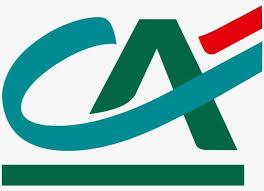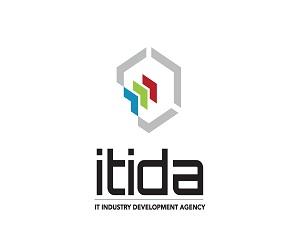By Khaled AlShami,
Senior Director, Solution Consulting, Middle East & Africa, Infor
As an asset driven organization, you need your assets to deliver the highest level of service.
Asset investment planning (AIP) helps you determine where to invest to achieve that goal. An asset investment plan enables you to optimize the balance between the costs, risks, and performance improvements of competing asset interventions so you can more effectively determine your budget size, what you should spend it on, and when you should spend it.
Creating an asset investment plan that delivers the right level of service at the right level of risk and the right level of expenditure requires you to define and quantify four inputs:
1 Asset Condition
When you buy a new a new asset, that asset is in excellent condition. Over time, its condition deteriorates until it must be repaired or replaced. Assessing asset condition usually involves periodic inspections. Once you’ve evaluated asset condition, you can determine how much useful life the asset has left. Assets rarely deteriorate in a straight line.
Their rate of deterioration can be plotted as a decay curve, which is different for each asset. Knowing where an asset is on the decay curve will help you decide what interventions are necessary to extend its useful life—whether that’s performing extra preventative maintenance, refurbishing the asset, or replacing it.
2 Asset criticality
Asset criticality is the impact the failure of an asset will have on your ability to realize your business strategy, policies, and objectives. An asset criticality assessment guides your prioritization of asset investments.
To complete an asset criticality assessment, you will need to develop a consistent methodology for defining relationships between different factors for different assets. Only your organization can define what relationships should look like for your assets.
3 Business risk if the asset fails
Every business faces risks. And most risks can’t be mitigated entirely. That means you must define your tolerance for the consequences of asset failure so you can invest accordingly. Failure of an asset can have safety, financial, and legal challenges for your organization.
Asset investment planning can help you rank the consequences of asset failure by operationalizing the ISO 35000 standard, which breaks down bands of acceptable risks and remediations that can be taken to minimize risk. It can also account for black swan events that no one could have predicted.
4 Level of service required
Level of service is the parameters that reflect social, political, environmental, or economic outcomes that you intend to deliver to your customers and other stakeholders using your assets. Once you’ve defined your service goals, you can define strategies for how to achieve these desired outcomes using your assets, objectives for realizing these strategies, and a set of KPIs to measure progress toward these objectives.
Asset investment planning should allow you to adhere to the ISO 55000 standard, that specifies how to manage and operate assets at agreed upon service levels while optimizing total cost of ownership at an appropriate level of risk.
By defining these four elements, your organization will have the information you need to determine the consequences of taking one action or another—whether that’s preventative maintenance, refurbishment, or asset replacement—on the level of service you can deliver to your customers. To learn more, read the white paper “Four key considerations for adopting an asset investment planning strategy.”














































































